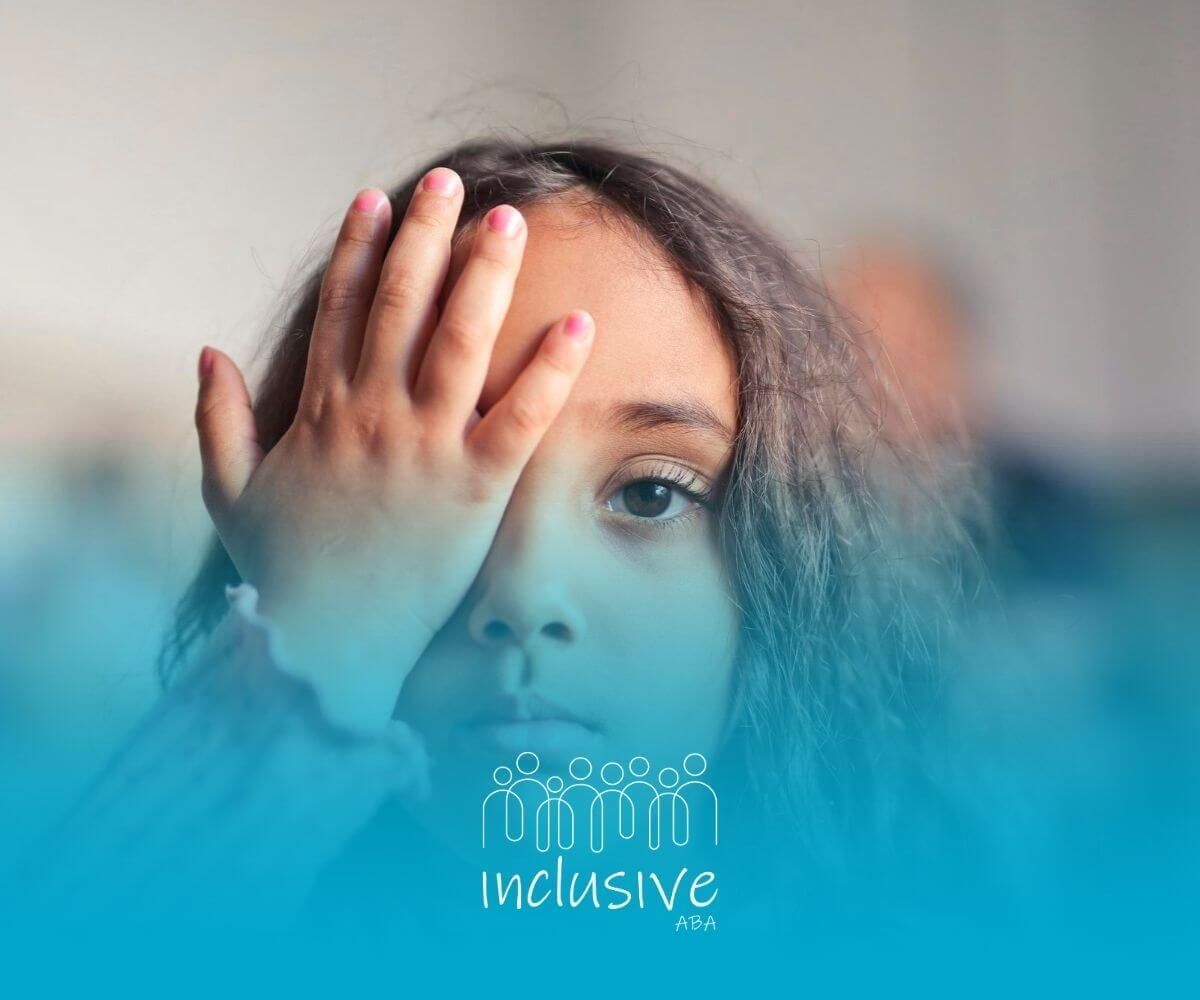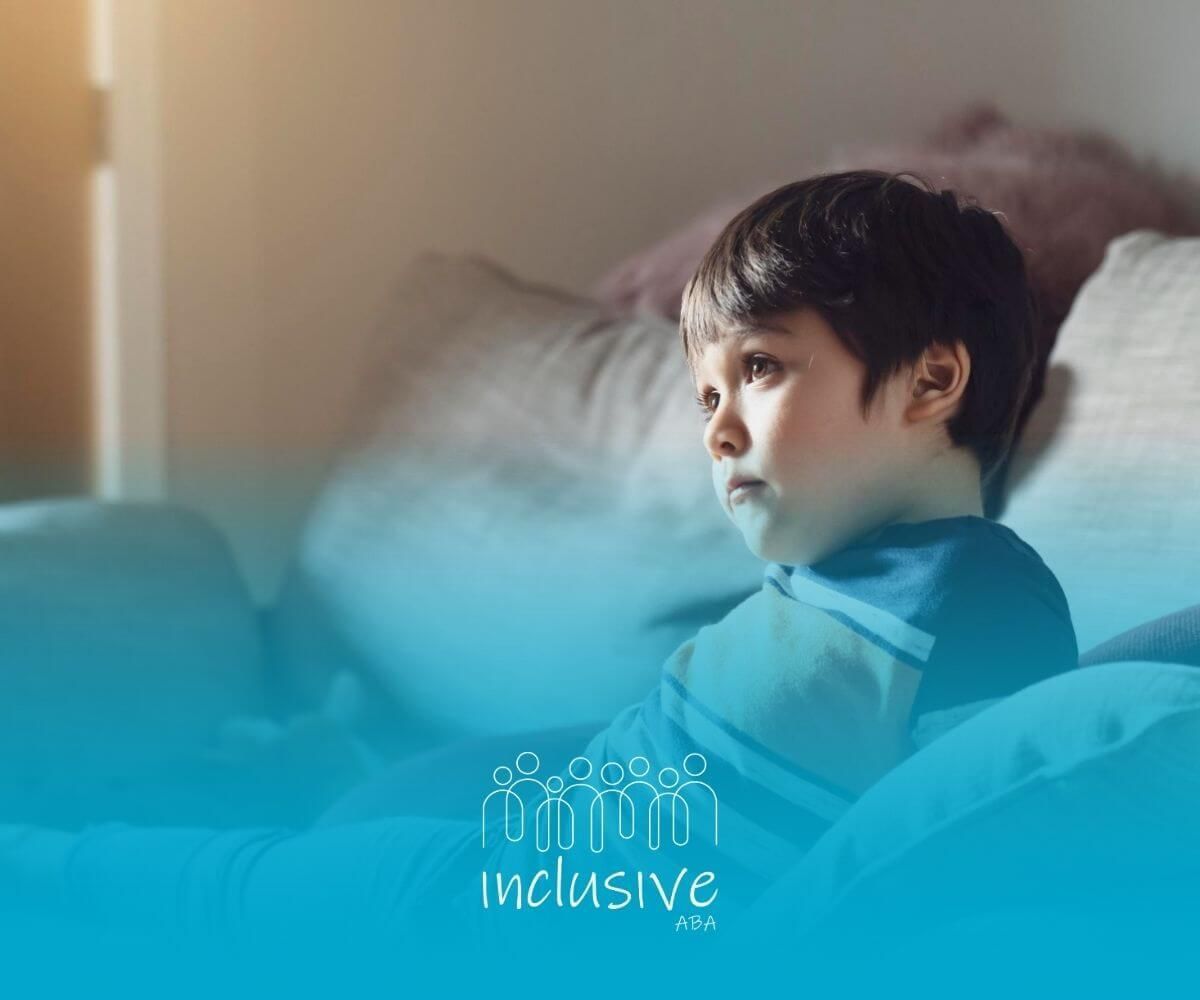Positive Reinforcement in ABA Therapy: How It Helps Children with Autism
Applied Behavior Analysis (ABA) therapy is one of the most effective interventions for helping children with autism develop essential life skills and behaviors. At the core of ABA therapy is positive reinforcement, a powerful strategy that encourages desirable behaviors by rewarding them.
Positive reinforcement is based on the principle that behaviors followed by pleasant outcomes are more likely to be repeated. When used correctly, it can help children with autism learn communication, social skills, self-regulation, and independence.
In this blog, we’ll explore how positive reinforcement works, why it is effective, different reinforcement strategies, and how parents can apply it at home to support their child’s progress.
What Is Positive Reinforcement in ABA Therapy?
Positive reinforcement is a technique that strengthens a behavior by providing a reward immediately after the desired action is performed. The goal is to increase the frequency of positive behaviors by associating them with enjoyable outcomes.
For example, if a child is learning to say "please" when requesting something, an ABA therapist may reward them with praise, a favorite toy, or a small treat whenever they use the word correctly. Over time, the child learns that saying "please" leads to a positive outcome, making them more likely to continue using it.
Why Is Positive Reinforcement Effective in ABA Therapy?
Positive reinforcement is widely used in ABA therapy because it:
- Motivates Learning: Rewards create a positive association with learning new skills.
- Encourages Independence: Children become more likely to engage in positive behaviors without constant prompting.
- Builds Confidence: Success leads to increased self-esteem and willingness to try new things.
- Reduces Challenging Behaviors: When positive behaviors are reinforced, unwanted behaviors tend to decrease naturally.
- Supports Long-Term Progress: With consistent reinforcement, children develop habits that carry over into daily life.
Research has shown that children with autism respond well to structured reinforcement, making it a cornerstone of ABA therapy.
Types of Positive Reinforcement Used in ABA Therapy
ABA therapists tailor reinforcement strategies to fit the child’s individual needs and preferences. Here are some of the most common types:
1. Social Reinforcement
Verbal praise, smiles, high-fives, and clapping can serve as strong motivators for some children. Examples include:
- "Great job following directions!"
- Giving a thumbs-up after a child successfully completes a task.
2. Tangible Reinforcement
This involves providing physical rewards such as toys, stickers, or small treats after a desired behavior.
- Example: A child receives a favorite toy for completing a puzzle.
3. Activity-Based Reinforcement
Allowing the child to engage in a preferred activity as a reward for positive behavior.
- Example: "If you finish your homework, you can play your favorite game for 10 minutes."
4. Token Economy System
A structured reinforcement system where children earn tokens (stickers, points, or stars) for positive behaviors. These tokens can be exchanged for a bigger reward.
- Example: A child earns a sticker for each completed task, and after five stickers, they get a special treat.
5. Natural Reinforcement
Using naturally occurring consequences as reinforcement.
- Example: Teaching a child to say “I want juice,” and then immediately giving them juice when they ask appropriately.
Steps to Implement Positive Reinforcement in ABA Therapy
Step 1: Identify the Target Behavior
- Clearly define the behavior you want to encourage, such as:
- Making eye contact
- Using words instead of gestures to communicate
- Following instructions
- Sharing with peers
Step 2: Choose an Effective Reinforcer
Find out what motivates the child. Some children prefer tangible rewards like snacks, while others respond better to praise or extra playtime.
Step 3: Provide Immediate Reinforcement
For reinforcement to be effective, it must be delivered immediately after the desired behavior. Delayed reinforcement may cause confusion about what is being rewarded.
Step 4: Use Consistent Reinforcement
Consistency is key in ABA therapy. Reinforce the behavior every time it occurs in the beginning stages. As the child learns, gradually reduce reinforcement to encourage independence.
Step 5: Monitor Progress and Adjust Strategies
ABA therapists carefully track the child’s progress to determine whether the reinforcement strategy is working. If needed, they modify the approach to keep the child motivated.
Examples of Positive Reinforcement in ABA Therapy
Example 1: Teaching Greetings
A child learning to say “hello” is rewarded with praise and a high-five each time they greet someone appropriately.
Example 2: Encouraging Sitting Still During Lessons
If a child sits attentively for five minutes, they earn a sticker. After collecting five stickers, they get extra playtime.
Example 3: Reducing Tantrums by Reinforcing Communication
When a child asks for a break instead of having a meltdown, they are rewarded with a short break or a favorite activity.
Common Mistakes to Avoid When Using Positive Reinforcement
- Overusing Tangible Rewards: Relying too much on snacks or toys may reduce intrinsic motivation. Gradually shift to social or natural reinforcement.
- Inconsistency: If reinforcement isn’t given consistently, the child may not learn the behavior effectively.
- Using Reinforcement for Unwanted Behaviors: Accidentally rewarding negative behavior (e.g., giving in to tantrums) can reinforce the wrong actions.
How Parents Can Use Positive Reinforcement at Home
Parents can reinforce positive behaviors outside of therapy sessions by:
- Using Praise Frequently: A simple “Great job!” can be very encouraging.
- Creating a Reward System: Use a token chart at home for completing chores or following routines.
- Making It Fun: Turn reinforcement into a game by giving points for good behavior.
- Modeling Positive Behavior: Children learn by watching—demonstrate kindness, patience, and good communication.
By incorporating reinforcement techniques into daily life, parents can help strengthen their child’s skills in real-world settings.
Final Thoughts
Positive reinforcement is a cornerstone of ABA therapy, helping children with autism develop essential life skills, reduce challenging behaviors, and gain confidence. By using structured, individualized reinforcement strategies, ABA therapists guide children toward meaningful progress in communication, social interactions, and self-regulation.
At Inclusive ABA, we specialize in using positive reinforcement to help children thrive. Our customized therapy plans are designed to maximize learning in a fun and supportive environment. Contact us today to learn how we can support your child’s development.
Frequently Asked Questions
How long does it take for positive reinforcement to show results?
Results vary based on the child’s needs and consistency of reinforcement. Some children may show improvements within weeks, while others may require months of structured reinforcement to develop lasting habits.
Can positive reinforcement be used for older children with autism?
Yes! Positive reinforcement is effective for individuals of all ages. The type of reinforcement may vary depending on interests, but the principles remain the same.
What if my child stops responding to a reward?
If a child loses interest in a reward, ABA therapists adjust the reinforcement strategy by introducing new motivators or using a token economy system to keep them engaged.
Sources:
- https://www.autism-help.org/behavior-positive-reinforcement-autism.htm
- https://pmc.ncbi.nlm.nih.gov/articles/PMC5702301/
- https://pmc.ncbi.nlm.nih.gov/articles/PMC2648534/
- https://positivepsychology.com/positive-reinforcement-psychology/
- https://autismspectrumnews.org/behavioral-treatment-components-to-address-delayed-or-denied-reinforcement/
Looking for Expert Help? We're Here for You!
Our compassionate and skilled team is devoted to enhancing your child's development through customized ABA therapy. Let us partner with you to create a supportive environment for your child's success.
Discover how we can help your family thrive with expert ABA therapy.
Related Posts







